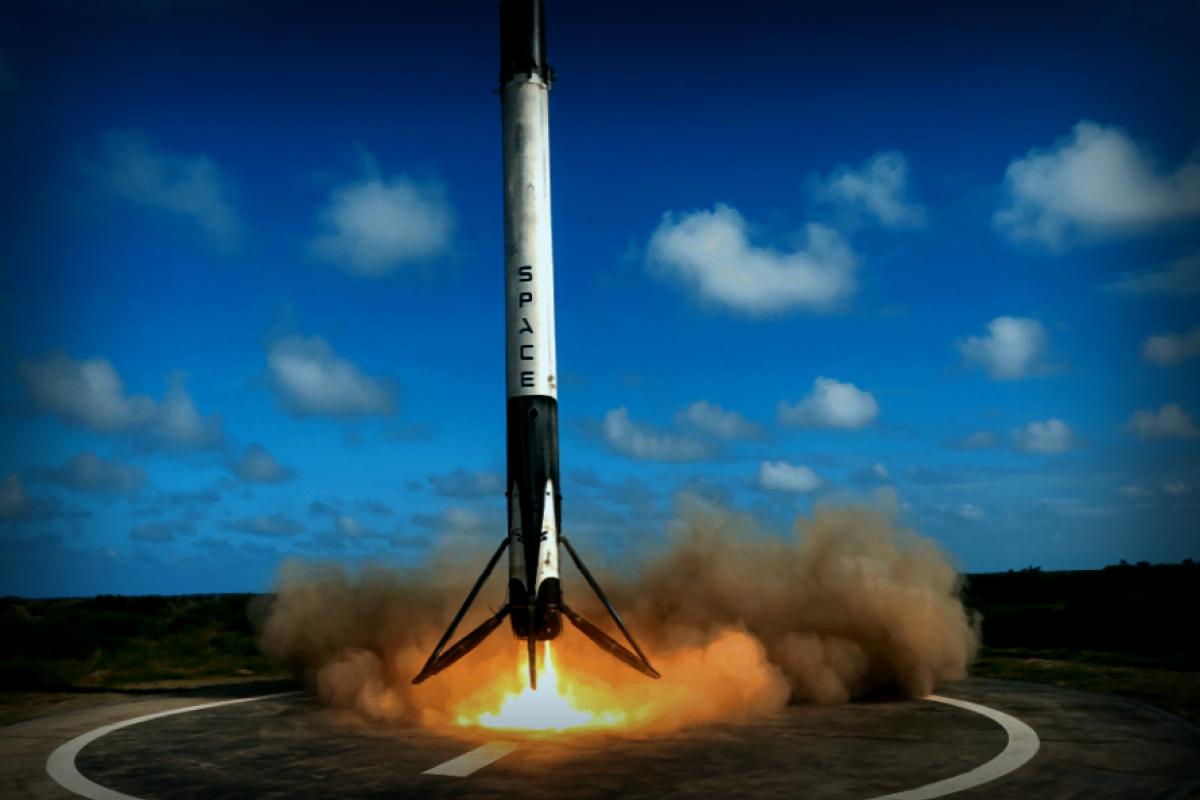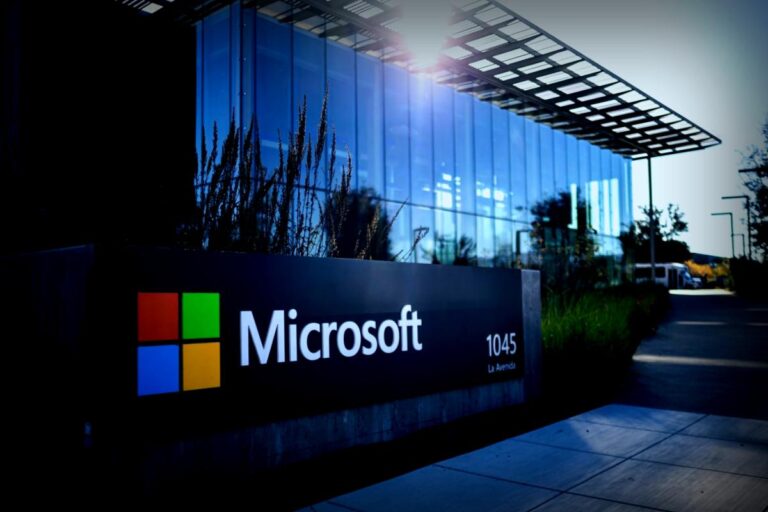Not long ago, SpaceX hit an exciting milestone by landing its 500th Falcon 9 first-stage booster. This marks an incredible moment in their quest for efficient rocket reuse, shining a spotlight on their impressive technology. This recent operation included launching 28 Starlink satellites into orbit, paving the way for even bigger accomplishments, like the anticipated 500th re-flight coming later this year.
SpaceX at the Helm of Rocket Reusability
While companies like Blue Origin and Rocket Lab have set their sights on outdoing SpaceX, it’s clear they face an uphill battle. The competition includes not just organizations stateside, but international rivals, especially from China, all vying to catch up in the reusable rocket arena. However, industry experts believe it could take a good ten years before anyone truly comes close to SpaceX’s efficiency and innovation.
Thanks to their pioneering technology, SpaceX remains a key player, giving the U.S. a notable edge in the ongoing space race, according to U.S. Space Force officials.
Falcon 9 launch: SpaceX sets remarkable USSF-36 mission with X-37B spacecraft
In the meantime, it’s worth noting that China has launched 56 orbital-class missions in this year alone, utilizing 14 different rocket types, but no single rocket has flown more than 11 times. Conversely, U.S. rockets have launched 142 times, with SpaceX’s Falcon 9 accounting for an impressive 120 of those. This emphasizes the significant reliance on expendable rockets for China, which isn’t nearly as efficient as the U.S. in the current launch environment.
China’s Strategies with On-Orbit Refueling
To keep up while they work towards advancing their reusable rocket tech, China is exploring innovative methods like on-orbit refueling. Recent operations featuring Chinese satellites Shijian-21 and Shijian-25 showcased successful refueling in geosynchronous orbit, located around 22,000 miles above the Earth. This project involved SJ-25 providing fuel to SJ-21, allowing it to dock with and relocate spaceships to different orbits.
While the Chinese government presents this endeavor as a step towards managing space debris, U.S. officials signal serious worries that this tech might eventually give China leverage over foreign satellites. This ability to refuel in space enables China to extend the utility of its satellites, offering a workaround against their sporadic launch capability.
SpaceX Offers $100,000 Reward for Spotting Starlink Security Bugs
Chinese authorities’ push for on-orbit refueling indicates a focus on advanced capabilities similar to SpaceX’s. Their latest experimental vehicles like the Tongxin Jishu Shiyan (TJS) series are making waves by exhibiting unusual maneuverability and multifunctional operations, hinting at military applications.
Concerns Around China’s Lunar and Satellite Movements
U.S. officials are keeping a close quarrel eye on China’s barrage of space initiatives aimed at military improvements. Notable recent events include the Yaogan 45 satellite that was launched into an uncharacteristically high orbit for a remote-sensing craft. Another example is the Yaogan 41 satellite, stationed in a geosynchronous orbit to secure surveillance tons of land and ocean areas.
China’s launch of its first medium-Earth orbit (MEO) communication satellites under the Smart Skynet program has created a multi-faceted advancement. When combined with their remote-sensing efforts, this develops layered military capabilities which very much piqued U.S. concerns.
Caribbean in Crisis — Bahamas Halts SpaceX Landings After Shock Starship Fireball
On a parallel note, the U.S. continues to utilize SpaceX’s reusable rocket tech to bolster both commercial aims and national security developments. The Pentagon has been leveraging Starlink’s connectivity and using the Starshield system for intelligence gathering. This capability for quick and cost-effective satellite deployment becomes crucial for upcoming projects like the anticipated Golden Dome missile defense plan.
There’s an underlying anxiety among U.S. intelligence professionals regarding China’s speed in narrowing the gap if they join the ranks of reusable rocket operators soon. China’s grasp on current rocket designs hinders rapid satellite deployment, yet their observation of U.S. methodologies could change that in the future.
The post Reusable Rocket Technology Milestone boosts SpaceX after 500th Falcon 9 landing appeared first on Spacetechtimes.



















